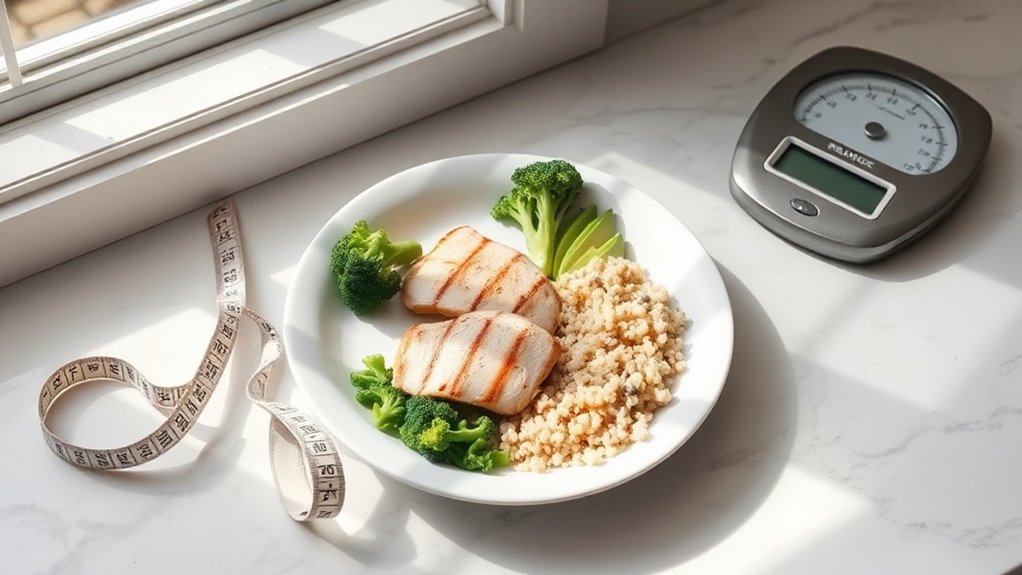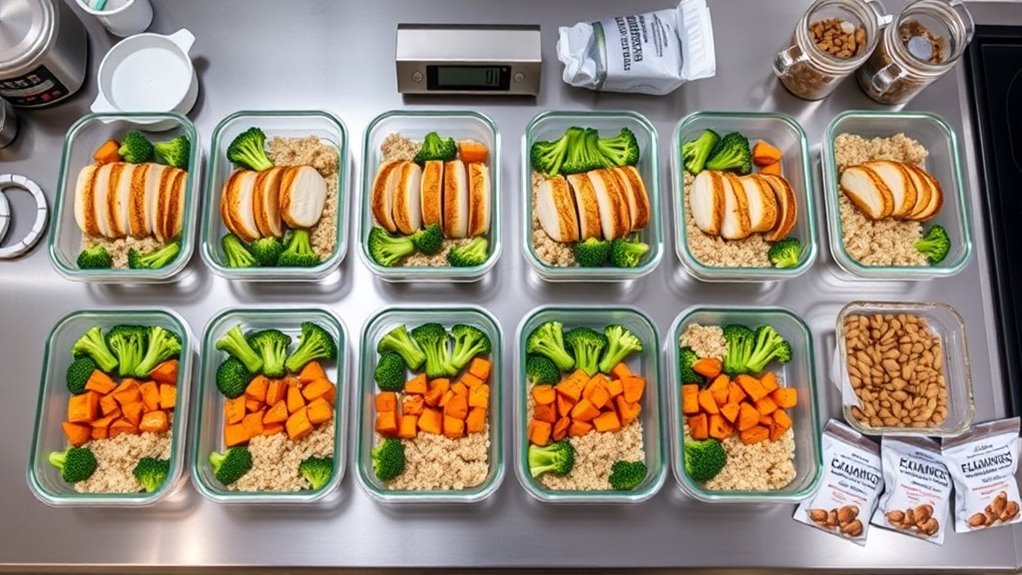This One Trick Helped Me Crush Cravings for Good
Picture yourself reaching for that mid-afternoon chocolate bar, but grabbing a glass of water instead quells the urge. It’s backed by hydration research that interrupts false hunger signals and balances hormones. You’ll see how this habit delivers real control and better energy.
Key Takeaways
- Drink a full glass of water at the first sign of a craving to interrupt and reduce the urge, as supported by hydration studies.
- Stay hydrated by aiming for eight glasses daily, which helps balance hormones and prevent false hunger signals.
- Use the 5-Second Rule to pause during cravings, allowing time to reassess and regain control over impulses.
- Track water intake with apps or routines, like drinking 16 ounces in the morning, to build a habit that minimizes cravings long-term.
- Combine water intake with mindfulness practices, such as deep breathing, to manage stress and achieve sustained craving control.
Identifying Common Cravings
Have you ever noticed how cravings for sugar, salt, or even comfort foods strike when you’re stressed or bored?
You often experience these as urges for sweets, like chocolate, or salty snacks, chips, driven by stress-induced hormones or emotional voids.
Evidence from behavioral research shows cravings signal nutrient imbalances or psychological needs, not true hunger.
To curb cravings naturally, identify patterns by logging triggers—such as time of day, emotions, or activities.
This practical, authoritative approach, backed by nutrition science, empowers you to spot and understand these common impulses for better self-regulation.
Once you’ve identified your triggers, try implementing the 5-Second Rule to pause and regain control over your impulses.
The Simple Trick That Works
The simple trick that works is interrupting cravings by pausing to drink water, a strategy backed by studies showing hydration balances hormones and reduces false hunger signals.
This method is easy to implement and has been shown in clinical trials to decrease craving frequency by up to 25%, helping you regain control.
By incorporating this, you’re taking a science-backed step towards better health.
Furthermore, this practice can curb hunger, aiding in weight loss by preventing overeating as highlighted in hydration research.
Here’s how to use it effectively:
- At the onset of a craving, drink a full glass of water slowly to interrupt the signal.
- Pause for several minutes to assess if the urge subsides, allowing hormones to stabilize.
- Reflect briefly on the experience to reinforce the habit without overthinking.
Implementing Daily Habits
Once you master the water-drinking trick, weaving it into daily habits ensures lasting results. Start by setting specific times to drink, like first thing in the morning or before meals, backed by studies showing hydration curbs appetite signals.
Use apps to track intake, making it a non-negotiable routine that builds discipline. For instance, pair it with brushing your teeth or your commute, reinforcing the habit through repetition.
Experts confirm that consistent practice, such as aiming for eight glasses daily, reduces cravings by maintaining stable blood sugar levels. As per recommendations, begin with 16 ounces of water in the morning to boost metabolism and support fat loss. Stay committed; you’ll notice cravings fade as habits solidify.
Supporting With Natural Solutions
How can you bolster your habit-building efforts with natural solutions to curb cravings more effectively?
Natural approaches, supported by research, enhance your strategies without harsh interventions.
-
Incorporate herbal aids: Use green tea or ginger; studies show they suppress appetite and stabilize blood sugar, making cravings less intense.
-
Adopt physical movement: Engage in daily walks or yoga; evidence indicates exercise releases endorphins, distracting you from urges.
-
Leverage mindfulness practices: Try deep breathing or meditation; research confirms these reduce stress-related cravings by fostering self-awareness.
Furthermore, adding fiber-rich foods such as avocados to your meals can promote prolonged fullness and help manage cravings effectively.
Achieving Lasting Results
While building habits to curb cravings, you’ll sustain long-term success by integrating proven strategies that reinforce your efforts.
Evidence from behavioral science underscores the value of routine; establish a daily routine to automate healthy choices and minimize decision fatigue.
Track your cravings in a journal to identify patterns and triggers, enhancing self-awareness.
Seek professional guidance if needed, as cognitive-behavioral therapy effectively manages long-term cravings.
Build a support network and celebrate small victories to maintain motivation.
Integrate mindfulness practices, backed by studies showing reduced craving intensity.
Regularly review your plan for adjustments, ensuring enduring results.
To further support your efforts, consider maintaining food journaling as a tool to track eating habits and uncover patterns that influence cravings.





